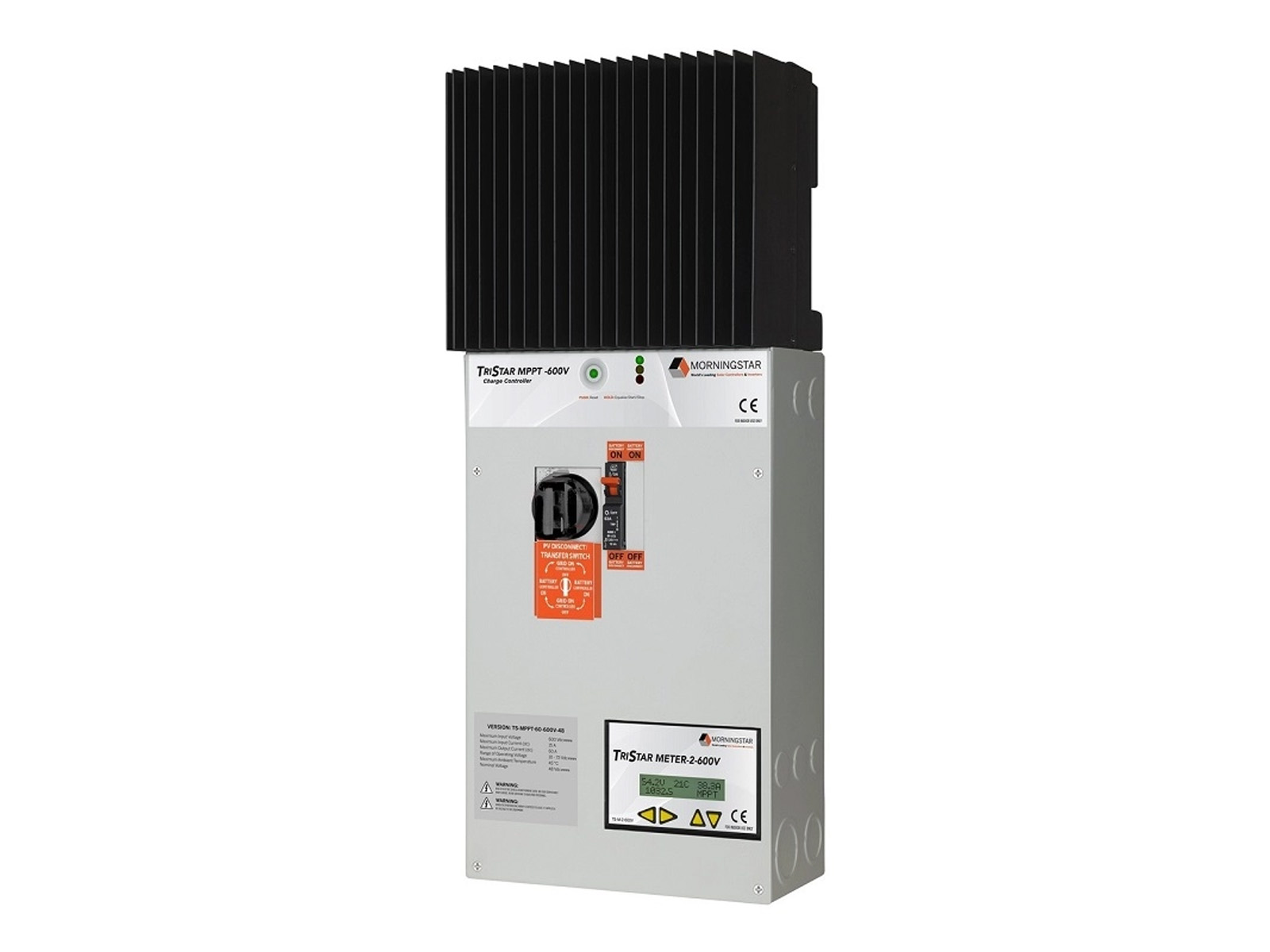I am in the beginning stages and building on paper my setup. I will be going with Victron 48v. I am designing about a 4-5kw solar array and I want to do series as much as possible. My run will be around 250' from my setup thus me keeping it in series as much as possible for smaller wire (accommodating for voltage drop). Victron has their 250/100 and their big guy smartsolar 450/100. If I were to keep it all in series, Neither one of those will be large enough for my array. Do I just have to big the expensive bullet and buy multiple controllers? Then I have to have multiple runs of wire (or going high amps would be the same price) . Do I do a combinations of series and parallel and try to stay under the requirements? At one point in my math, I would have 3S4P and need 3awg wire for the 250' run or maybe Aluminum wire. Just to stay under the 250/100. Or I could spend $1300 and get the SmartSolar and play around with the configuration.
Seems there has to be a better way! I've seen some large system arrays and I can't imagine everyone having to buy a new charge controller when they want to add more panels.
Seems there has to be a better way! I've seen some large system arrays and I can't imagine everyone having to buy a new charge controller when they want to add more panels.




